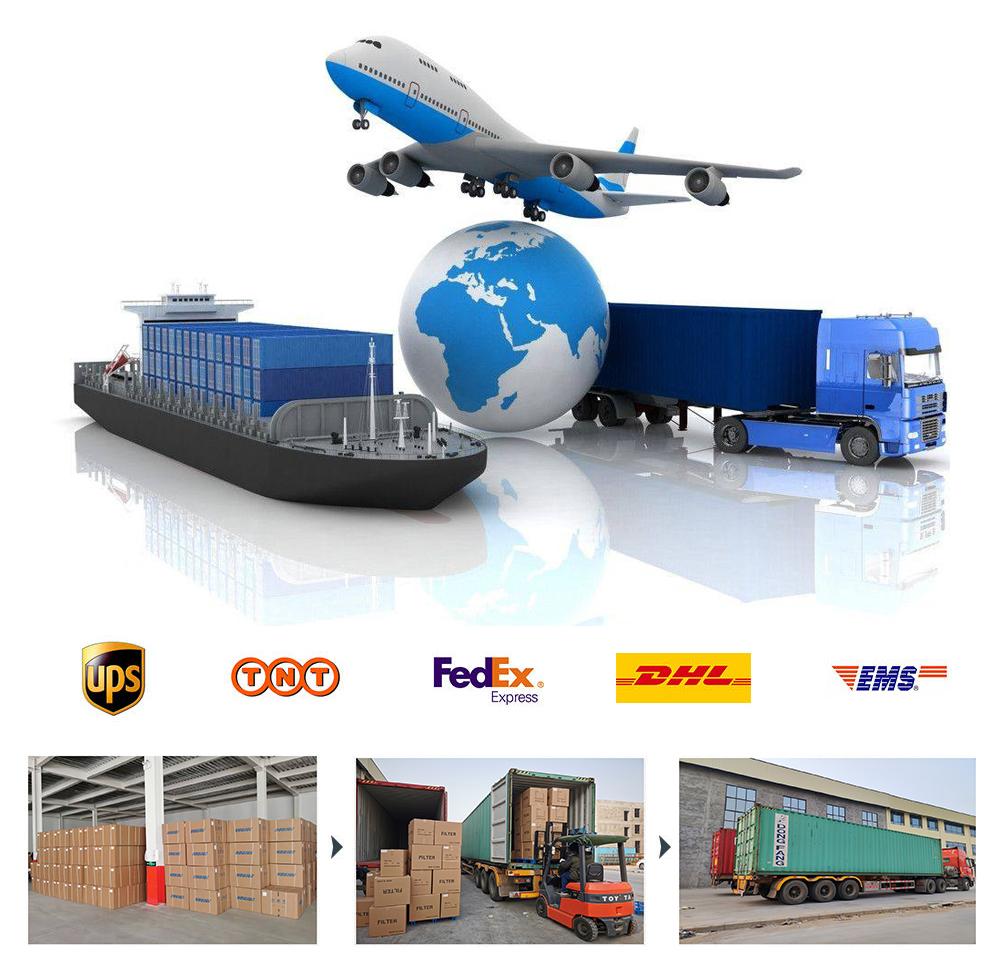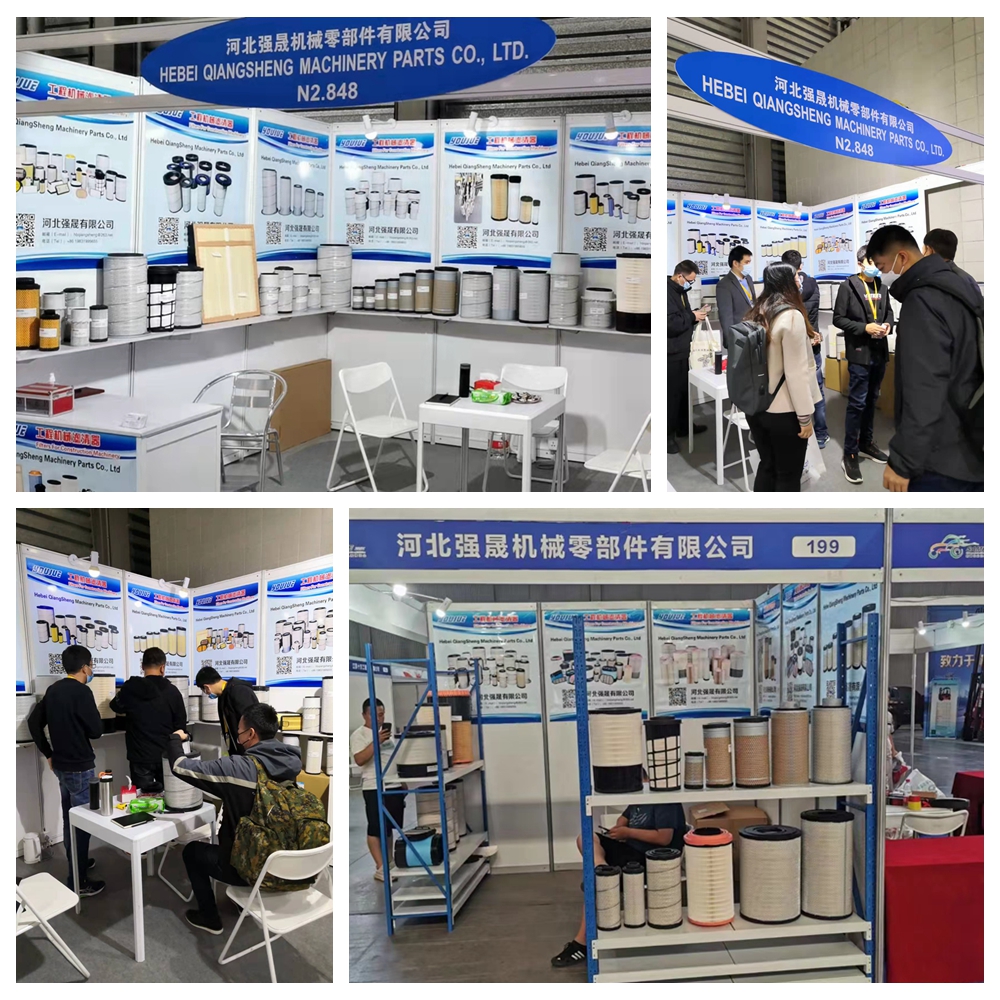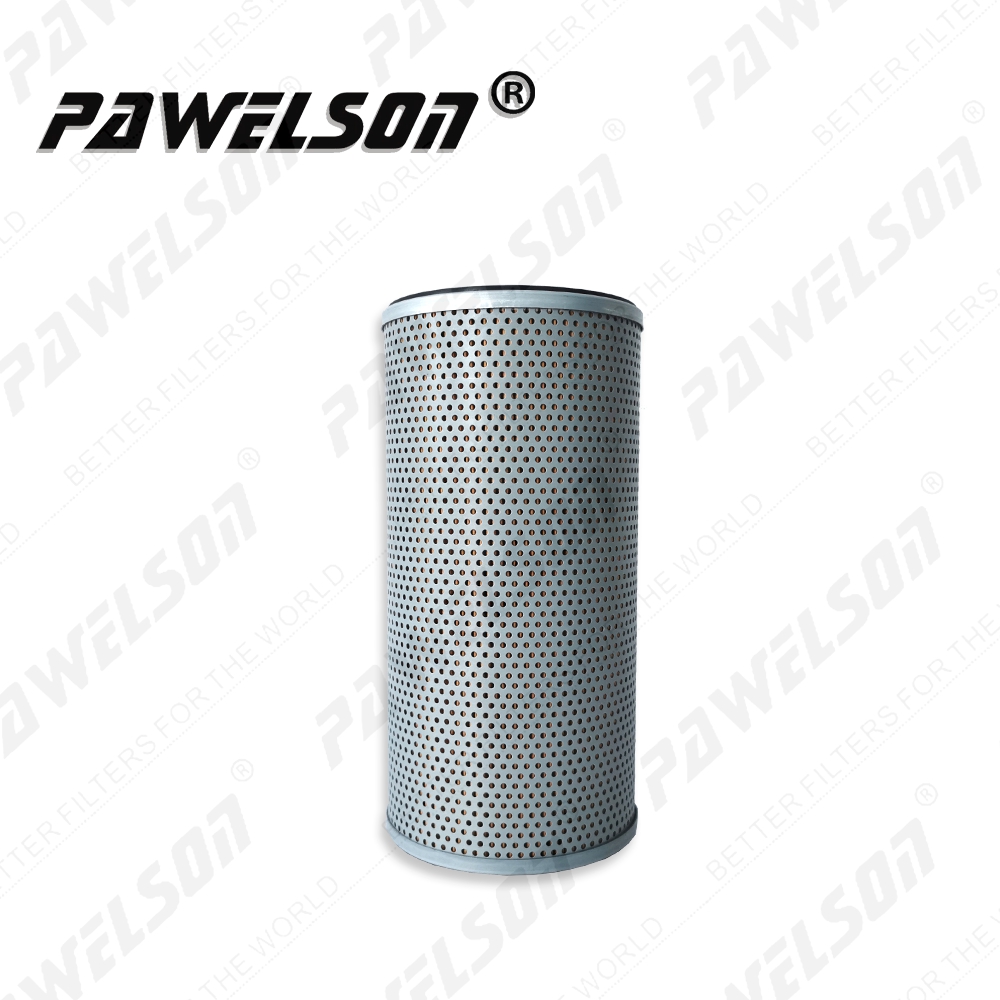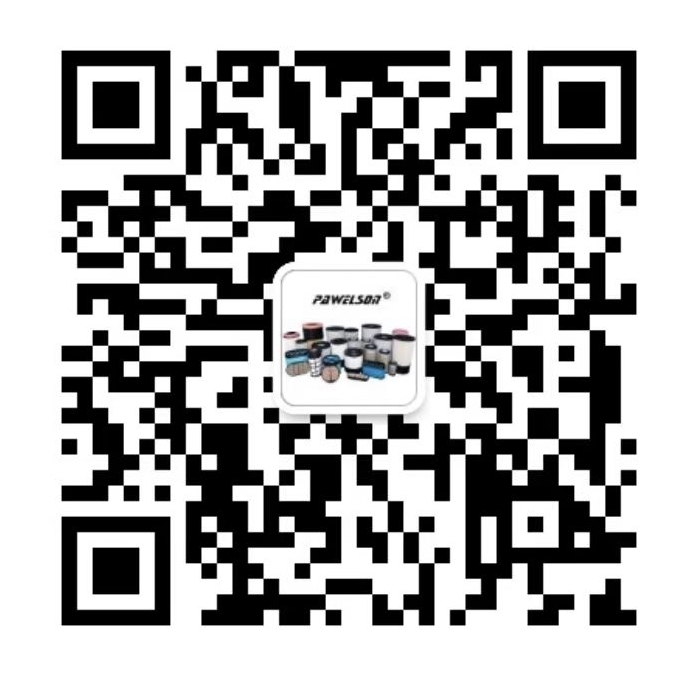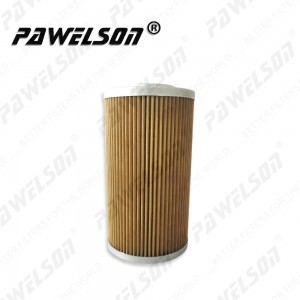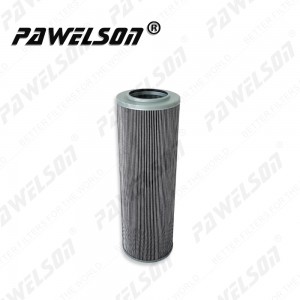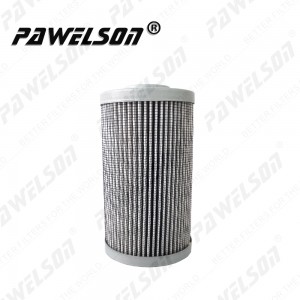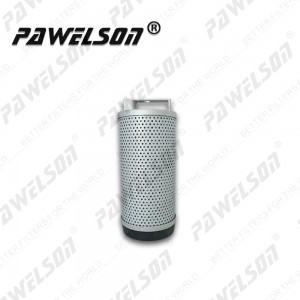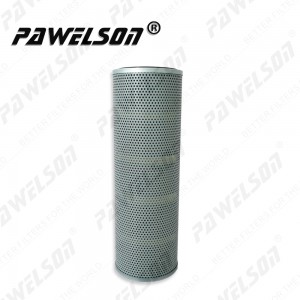Product Center
SY-2035-1 Excavator hydraulic oil filter 31E9-1019 31N8-01511 31E9-1019A 31E91019A for HYUNDAI excavator R2800LC R320 R305
Hydraulic oil filter can be said to be a commonly used part of modern engineering equipment. Hydraulic oil filter element is an original that needs to be replaced regularly. Do you know the components and working principle of hydraulic oil filter? Let's take a look Bar!
Components of hydraulic filter
Center or inner tube support
Most hydraulic applications have large pressure differentials across their various components.
Therefore, it has an inner tube support to increase the collapse resistance of the hydraulic filter element.
Wire mesh or stainless steel wire mesh
This is a multi-layer or single structure that provides strength to the filter due to high flow.
end plate
These are galvanized or stainless steel sheets in various shapes to hold tubular filters.
All hydraulic oil filters have two end plates, one at the top and the other at the bottom.
Tubular filter (filter material)
This is the primary filter material with many pleats to increase surface area and filtration efficiency.
You can get hydraulic filters with other tubular filters such as:
Microglass on hydraulic filters;
paper on hydraulic filters;
Stainless steel wire mesh.
adhesive
Most hydraulic filters have an epoxy adhesive that bonds the inner cylinder, tubular filter and end plate together.
O-ring seal
The O-ring acts as a seal between the filter body and the upper end plate.
Depending on the filter model, you will get an O-ring package.
Gap Line
This is a tightly coiled stainless steel wire that provides additional support for the hydraulic filter element.
finned tube
An aluminum alloy tube in which notched wire is wound and formed into a cylinder.
The working principle of hydraulic filters is based on the following specific principles:
1) Pressure filtration
Filtration principles involve filters in pressure piping and provide ultimate protection for downstream fittings.
You can get the most out of the pressure flow by adding a filter rated about 2 microns or less.
At high flow rates, filter efficiency may be reduced.
This is due to particles that interfere with filtration.
Pressure filtration is the most expensive form of filtration due to high installation and maintenance costs.
The cost is higher due to the need to purchase high-quality hydraulic filters to withstand high pressures.
2) Oil return filter
The principle of filtering the return line follows the following principles:
If the reservoir, fluid, and anything that goes into the reservoir is filtered, it will continue to stay clean.
Fortunately, you can rely on the return line to get the fluid through a finer filter.
Filters can be as fine as 10 microns to capture any form of contamination in the fluid.
In this case, the fluid pressure is not very high and does not interfere with the filter or housing design.
Therefore, it will make it one of the most economical filtration processes.
3) Offline filtering
This is the process of filtering fluid in a hydraulic container in a completely different circuit.
It reduces the burden of filters in the heavy filtering mainstream and increases system availability.
This, in turn, will lead to lower operating costs.
Using filters offline has its advantages and disadvantages.
The main disadvantage is the high installation cost of offline filtering.
It involves multiple filtrations at a controlled rate to provide greater efficiency.
4) Suction filtration
Suction filtration is the process of separating solids from a solid-liquid mixture with the aim of retaining the solids.
It uses the principle of vacuum filtration to separate solids from solid-liquid mixtures.
For example, the crystallization process relies on suction filtration to separate the crystals from the fluid.
The filter near the pump inlet is in a very good position.
This is due to higher efficiency as it has neither high pressure nor fluid velocity.
If you add restrictions to the intake ducts, you can counteract the above advantages.
Due to cavitation and mechanical damage, pump life may be affected due to restrictions at the pump inlet.
Cavitation contaminates fluids and can damage critical surfaces.
The damage is caused by the vacuum induced force on the pump.
| QS NO. | SY-2035-1 |
| CROSS REFERENCE | 31E9-1019 31N8-01511 31E9-1019A 31E91019A |
| DONALDSON | |
| FLEETGUARD | HF35552 |
| ENGINE | R290LC3/R220LC5 R300LC5/R450LC5 |
| VEHICLE | R2800LC R320 R305 |
| LARGEST OD | 150(MM) |
| OVERALL HEIGHT | 357(MM) |
| INTRNAL DIAMETER | 85(MM) |



